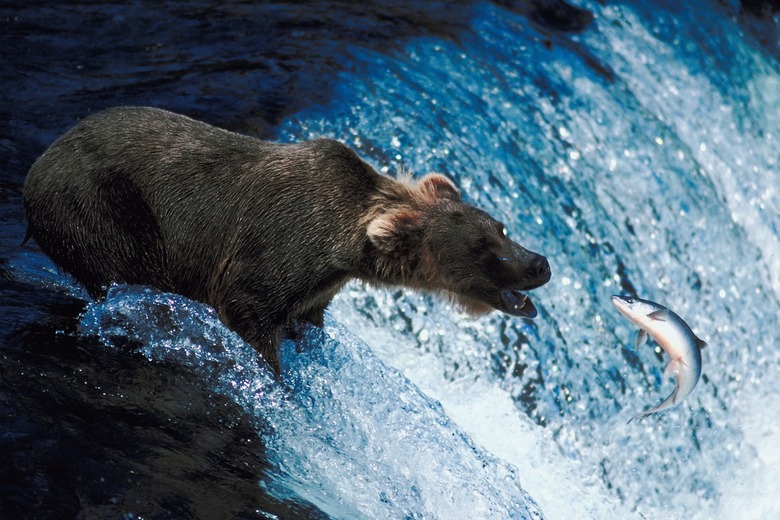Ecosystems are biological communities that account for all relationships and interactions between both living and nonliving factors. Those living and nonliving factors are also referred to as _biotic and abiotic factors_, respectively.
Both the biotic and abiotic components of freshwater ecosystems shape the communities and cycles that these ecosystems are a part of.
Some abiotic components include the temperature of the freshwater, the pH levels, the types of soils and rocks in the area and the type of weather the ecosystem experiences. Biotic factors in an ecosystem include any and all organisms that live in and shape that ecosystem.
Types of Freshwater Ecosystems
Freshwater ecosystems fall under the umbrella of aquatic biomes. As the name suggests, these ecosystems exclude oceans and saltwater lakes, swamps and marshes.
Some of the most common types of freshwater ecosystems are:
• Lakes• Ponds• Streams• Freshwater wetlands
Freshwater ecosystems are the rarest type of ecosystem on Earth, only amounting to 0.8 percent of the Earth’s surface and 0.009 percent of the water on Earth (the rest being saltwater).
Not all freshwater ecosystems are going to have the exact same biotic factors, as the organisms within those ecosystems will depend on many of the abiotic factors within the ecosystem that are determined mostly by climate and geographical location.
However, there are a few “staples” of biotic factors that almost always shape these ecosystems.
The U.S Geological survey boils down the three key biotic factors of freshwater ecosystems as follows: algae, fish and aquatic invertebrates. Other important biotic factors include aquatic plants, birds and land animals.
Biotic Factors in Freshwater Biomes: Algae
While algae might appear to be a type of plant thanks to its green color, it actually falls under the kingdom protista. These protists have chloroplasts in their cells, which means they’re autotrophs that perform photosynthesis. They’re also sometimes called phytoplankton.
Algae in lakes, ponds and other freshwater environments are essential for allowing energy to flow into the freshwater ecosystem. This algae uses the sun’s light in order to make glucose, which provides the base of the food pyramid for the entire ecosystem. Without algae, little energy would be able to enter the freshwater ecosystem and the ecosystem would likely collapse.
Green algae, red algae and diatoms are all common types of photosynthetic algae/protists that are found in freshwater ecosystems.
Invertebrates
Common invertebrates in freshwater ecosystems include:
• arthropods• worms• mollusks• other crustaceans• insects• more
Specific examples include:
Fish
Fish are perhaps the most well-known biotic factor in freshwater ecosystems thanks to their prevalence, large size and the popularity of the sport of fishing. They may eat algae, aquatic plants or worms, smaller fish, invertebrates, etc.
A few common examples of freshwater fish in America include:
• Salmon• Bluegill• Catfish• Trout• Lake herring• Sturgeon• Minnow• Pike
Other Biotic Factors
Of course, fish, algae and invertebrates aren’t the only organisms that live in freshwater ecosystems. Here are some other common freshwater species that are biotic factors in those environments:
• Frogs and toads• Aquatic birds• Terrestrial birds that feed on fish/organisms in the freshwater• Bears• Lizards• Alligators and crocodiles• Water snakes• Turtles• Spiders
There are thousands of species that call these areas home and, thus, it’s impossible to list them all. This gives you a general idea, though, of what biotic factors make up these rare freshwater environments.

